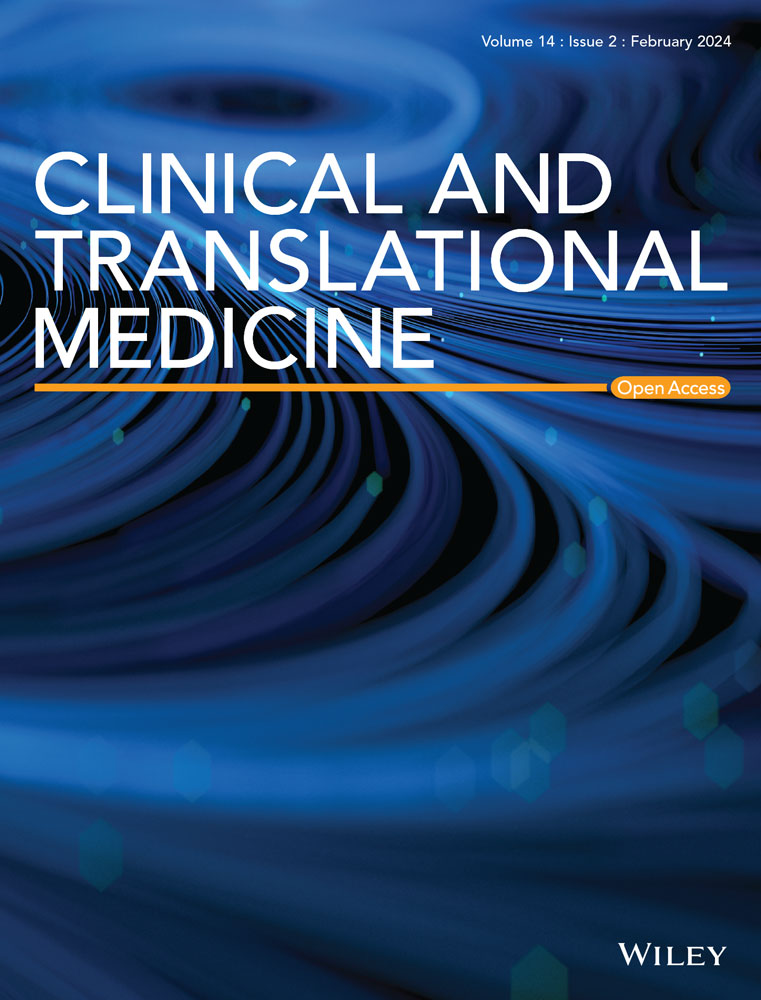LINC01088 prevents ferroptosis in glioblastoma by enhancing SLC7A11 via HLTF/USP7 axis
Abstract
Background
Glioblastoma multiforme (GBM)is a highly aggressive malignancy of the central nervous system characterized by poor survival rates. Ferroptosis, an iron-dependent cell death pathway, is a promising therapeutic target for GBM. However, current treatments targeting cell death pathways have not yielded expected results. Long noncoding RNAs (lncRNAs) have been implicated in tumour proliferation, however, their role in ferroptosis in GBM remains underexplored. This study investigated the interplay between the lncRNA LINC01088 and ferroptosis in GBM to identify novel therapeutic strategies.
Methods
We conducted gain- and loss-of-function studies to assess the impact of LINC01088 on GBM tumourigenesis and ferroptosis both in vitro and in vivo. Bioinformatics, dual-luciferase reporter assays, chromatin immunoprecipitation, RNA pulldown, mass spectrometry, RNA immunoprecipitation (RIP), and transcriptome sequencing were utilized to elucidate the mechanisms underlying LINC01088 expression and its downstream effects on ferroptosis.
Results
The transcription factor specificity protein 1 (SP1) was identified as the promoter of LINC01088 transcription, which facilitated GBM progression. LINC01088 was found to inhibit ferroptosis and promote malignancy. Mechanistically, LINC01088 stabilized HLTF by enhancing its interaction with USP7 and preventing ubiquitin-mediated degradation. The stabilization of HLTF led to the upregulation of SLC7A11, which inhibits ferroptosis in GBM. Rescue experiments confirmed that altering HLTF levels reversed the ferroptotic phenotypes associated with LINC01088 modulation.
Conclusion
This study revealed a novel SP1/LINC01088/HLTF/USP7/SLC7A11 axis that regulates ferroptosis in GBM, highlighting LINC01088 as a potential therapeutic target for ferroptosis-dependent GBM treatment.
Key points
-
LINC01088 is transcriptionally upregulated by SP1.
-
LINC01088 acts as a scaffold platform to bind USP7 and HLTF.
-
USP7, as a deubiquitinating enzyme of HLTF, participates in inhibiting the ubiquitin-proteasome degradation of HLTF.
-
HLTF transcriptionally upregates the expression of downstream SLC7A11, and ferroptosis of GBM cells was inhibited.


 求助内容:
求助内容: 应助结果提醒方式:
应助结果提醒方式:


